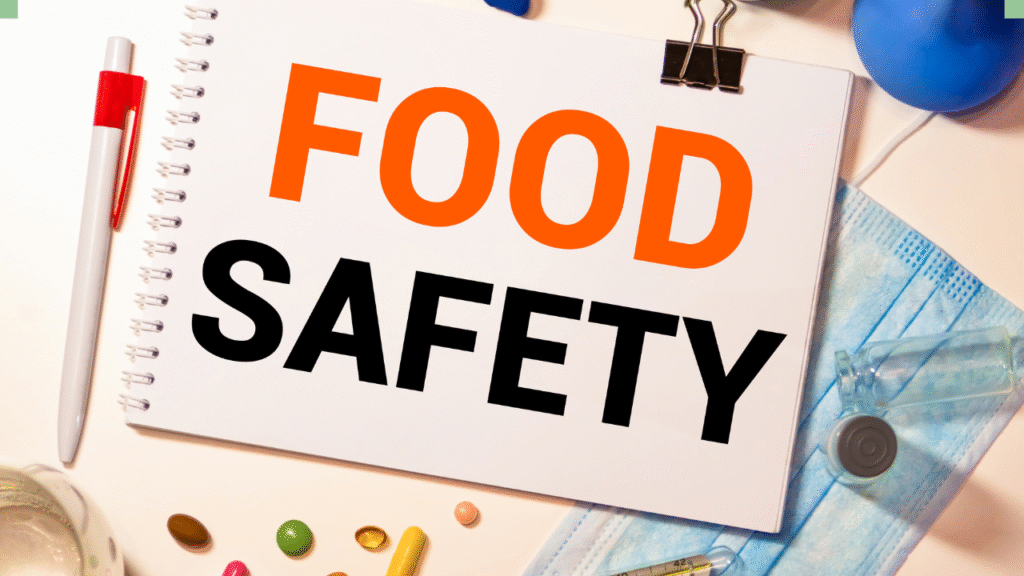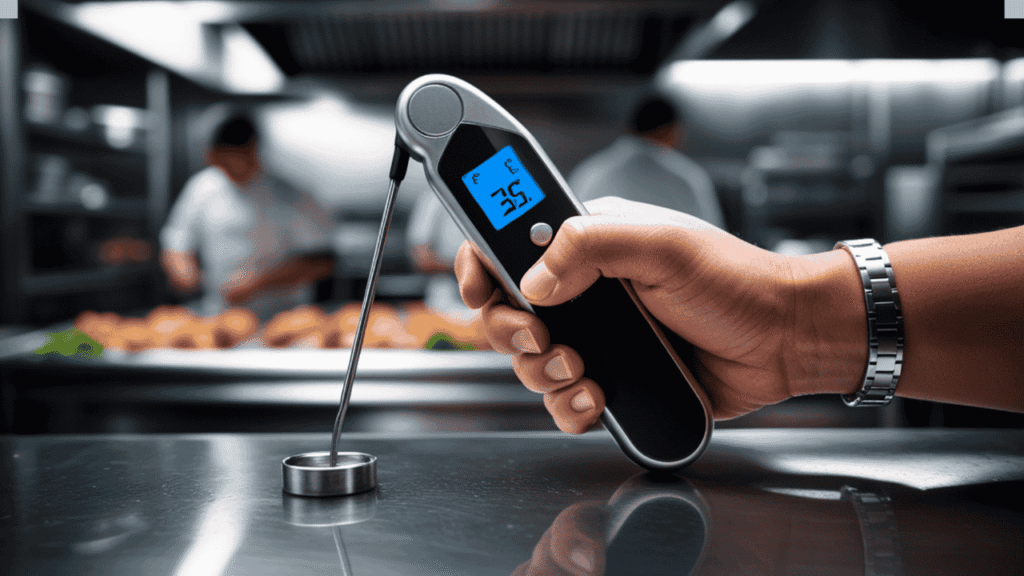
What truly constitutes the hygiene food definition? This isn’t just a theoretical question; it’s the fundamental principle that separates a safe meal from a potential health hazard. Consequently, grasping its full scope is your most powerful tool for preventing illness. This definitive guide will not only clarify the core hygiene food definition but will also provide seven actionable, powerful protocols. Therefore, you can transform your kitchen into an impeccably safe environment for creating delicious, healthy food.
Understanding the Core Hygiene Food Definition
Let’s begin by unpacking the essential hygiene food definition in greater depth. Fundamentally, food hygiene refers to all the conditions and measures necessary to ensure the safety and wholesome of food at every stage of its journey—from source and storage to preparation, cooking, and serving. It’s a proactive science focused on preventing the contamination and growth of harmful pathogens like bacteria, viruses, and parasites. Ultimately, a robust understanding of the hygiene food definition is what empowers you to stop foodborne illnesses before they start.

Why the Hygiene Food Definition is Crucial for Safety
Many people confuse food hygiene with food safety, but there is a subtle, important distinction. While food safety is the overarching goal, food hygiene are the specific practices and procedures used to achieve that goal. For instance, the hygiene food definition directly encompasses:
- Personal Hygiene: Handwashing, clean clothing, and health of handlers.
- Environmental Hygiene: Cleanliness of surfaces, equipment, and kitchens.
- Product Hygiene: Safe sourcing, storage, and separation of food items.
Understanding this layered hygiene food definition is the first step toward true mastery in the kitchen.
The 7 Powerful Protocols of Impeccable Food Hygiene
Knowing the hygiene food definition is the foundation. Now, let’s build upon it with these seven non-negotiable, detailed protocols for guaranteed safety.
1. The Unbreakable Handwashing Protocol
Firstly, this is the cornerstone practice within the hygiene food definition. Proper handwashing involves more than a quick rinse. You must use warm water and ample soap, scrubbing your hands, including the backs, between fingers, and under nails, for at least 20 seconds. This is mandatory before handling any food, after touching raw meat, after using the restroom, and after handling garbage. This single, diligent act is your primary defense against cross-contamination.
2. The Strategic “Clean-as-You-Go” Methodology
Furthermore, maintaining a pristine cooking environment is a continuous process. This means sanitizing countertops, cutting boards, and utensils with a hot, soapy solution or a suitable disinfectant after preparing each food item. For example, after chopping vegetables for a salad, you should wash the board and knife before using them to prepare raw chicken. As a result, you create a seamless workflow that inherently prevents the spread of dangerous microorganisms, a core tenet of the hygiene food definition.
3. The Science of Intelligent Food Storage
Moreover, correct storage is a critical, often overlooked, component of the hygiene food definition. Your refrigerator should be kept at or below 40°F (4°C), and your freezer at 0°F (-18°C). Always refrigerate perishables within two hours of purchase or preparation (one hour if the room temperature is above 90°F/32°C). Importantly, practice strategic organization: store raw meat, poultry, and seafood on the bottom shelf in sealed containers to prevent their juices from dripping onto and contaminating ready-to-eat foods below.
4. Winning the War Against Cross-Contamination
However, cross-contamination is the silent enemy in any kitchen. Therefore, a key part of the practical hygiene food definition is implementing physical barriers. Use color-coded cutting boards—red for raw meat, blue for raw fish, green for vegetables, etc. Similarly, never reuse plates, utensils, or marinades that have been in contact with raw foods without thoroughly washing them with hot, soapy water first. Marinates used on raw meat must be boiled vigorously if you wish to use them as a sauce.

5. The Precision of Temperature Control
Additionally, heat is the most reliable method for destroying pathogens, making temperature control a pillar of the hygiene food definition. Guessing doneness by color is unreliable. Consequently, you must use a digital food thermometer to ensure foods reach their safe internal temperature:
- Poultry: 165°F (74°C)
- Ground Meats: 160°F (71°C)
- Beef, Pork, Lamb (steaks, chops, roasts): 145°F (63°C) with a 3-minute rest time.
- Fish and Shellfish: 145°F (63°C)
6. Mastering the Art of Rapid Cooling
Leftovers require the same rigorous application of the hygiene food definition as fresh food. The “Danger Zone” for bacterial growth is between 40°F and 140°F (4°C and 60°C). To safely pass through this zone, divide large pots of soup or stew into smaller, shallow containers. This maximizes surface area, allowing the food to cool to a safe temperature in the refrigerator much more quickly. Large cuts of meat should be sliced before cooling.
7. Becoming a Discerning Food Label Analyst
Finally, an informed consumer is a safe consumer. Understanding date labels is an extension of the hygiene food definition that you practice at the store. “Use-By” and “Best-Before” dates are not the same. A “Use-By” date is about safety; the food should be consumed or frozen by this date. Conversely, a “Best-Before” date is about quality, indicating when the product may begin to lose its peak flavor and texture but is often still safe to eat after this date if handled properly.
Conclusion: Elevate Your Kitchen to a Sanctuary of Safety
In conclusion, the hygiene food definition is far more than a technical term; it is a living, breathing philosophy of kitchen management. By deeply understanding its principles and rigorously applying these seven powerful protocols, you do more than just cook—you protect, you preserve, and you promote well-being. Ultimately, this knowledge empowers you to create a kitchen that is not only a place of creativity but also a certified sanctuary of health for you and everyone you feed.
🚀 Become a Certified Food Safety Expert!
Now that you’ve mastered the essential hygiene food definition, why not take your expertise to the next level?
Enroll in Global Food Hygiene and Safety Training Level 2 and gain internationally recognized certification! This comprehensive course will transform you into a true food safety professional.
Click Here to Enroll Now with Special Discount!
Read More: 7 Proven Secrets to Succeed as a Great Care Worker

